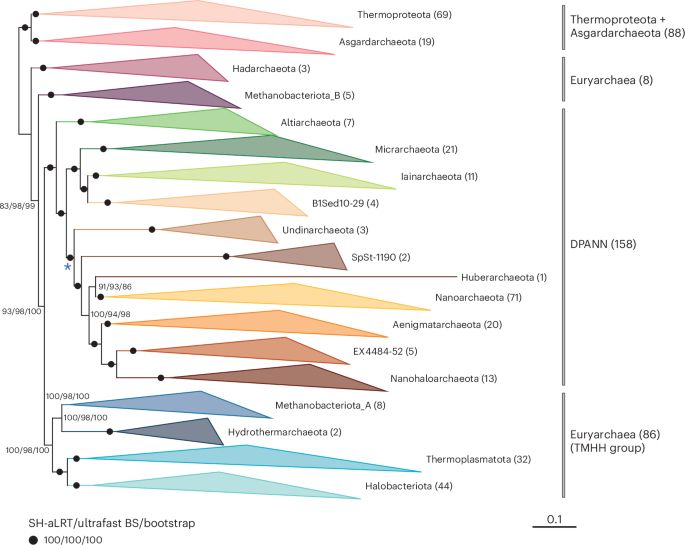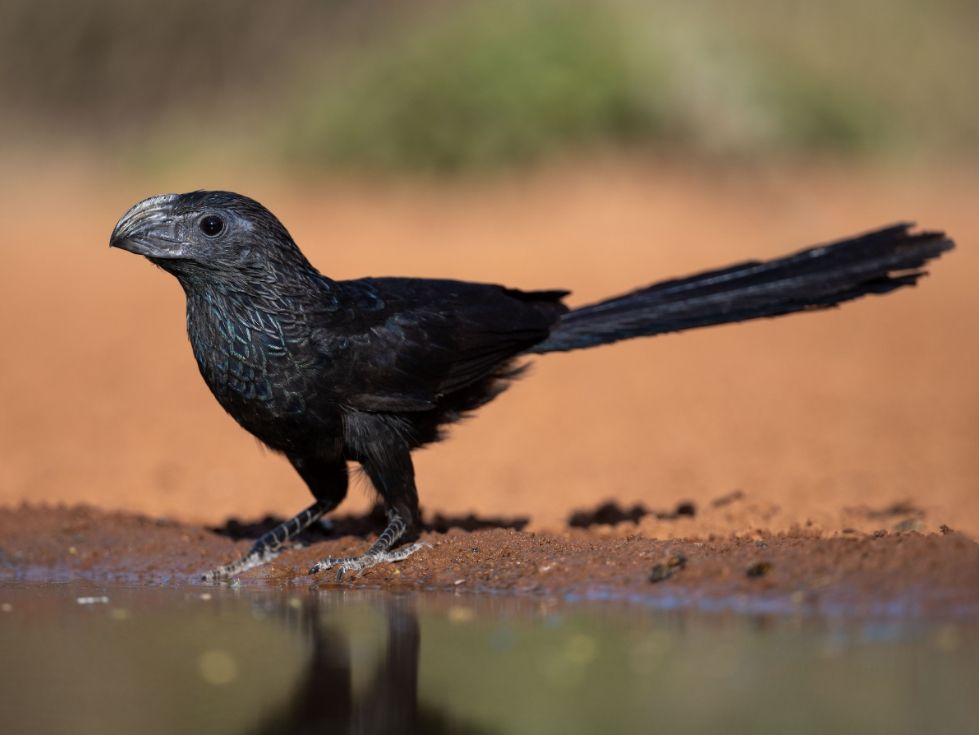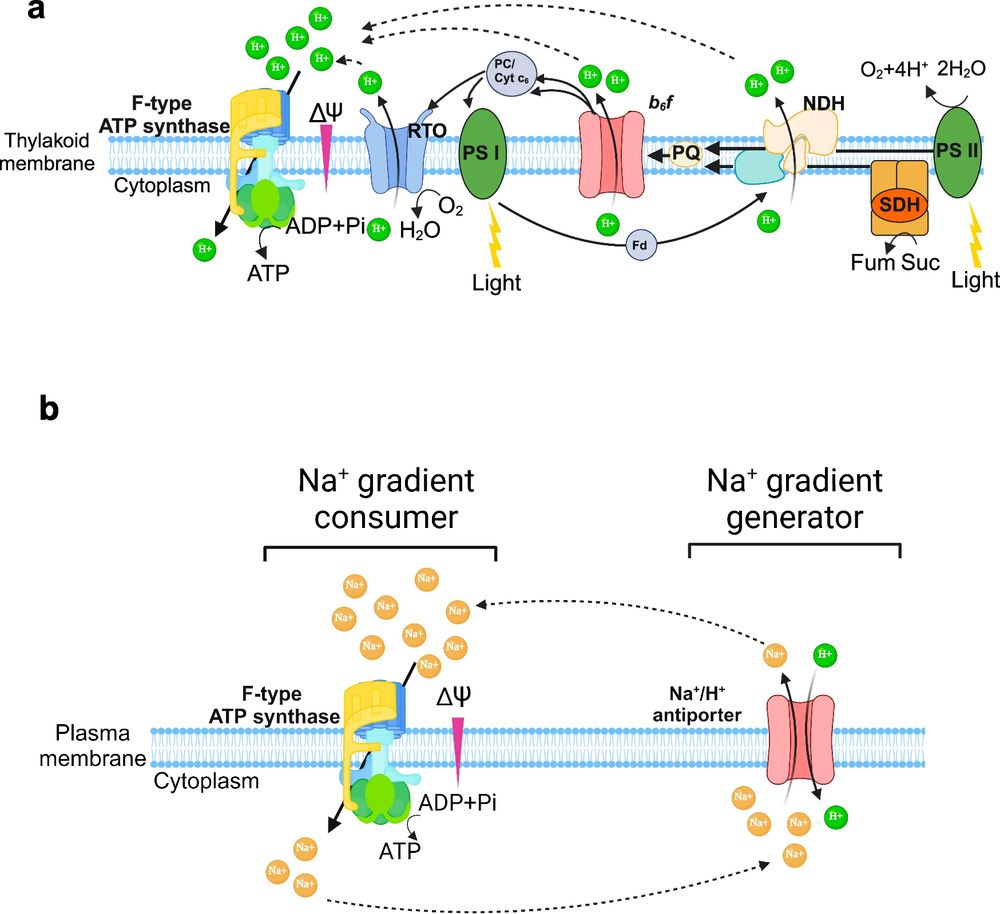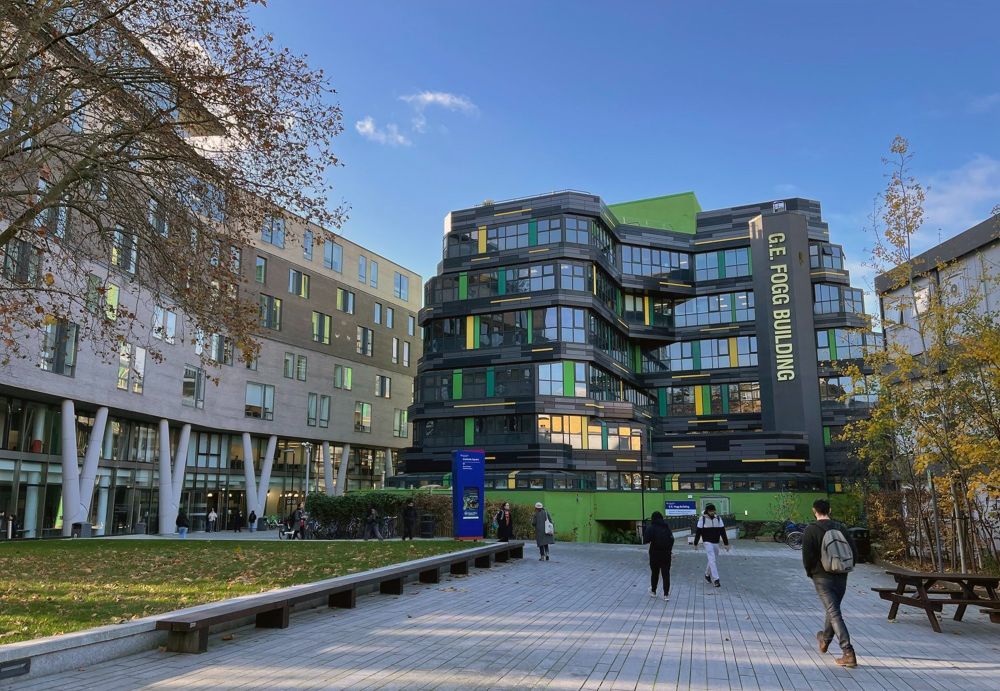
The Latin root is 'sēmen' & we're already seeing the problem?
It means "seed", with all its implications: plant & animal.
Have I been doing seminars wrong this whole time 😬?

The Latin root is 'sēmen' & we're already seeing the problem?
It means "seed", with all its implications: plant & animal.
Have I been doing seminars wrong this whole time 😬?
"The origin of life on Earth remains one of the greatest and most pervasive mysteries in science. We know the story in broad strokes: Around 4 billion years ago, simple chemical compounds gave rise to living cells, which later formed..."
🦠
asm.org/articles/202...
"The origin of life on Earth remains one of the greatest and most pervasive mysteries in science. We know the story in broad strokes: Around 4 billion years ago, simple chemical compounds gave rise to living cells, which later formed..."
🦠
asm.org/articles/202...
Tune into the Geomicrobiology Research in Progress Meeting on Wed. at 11:45 am to find out more.
@earthscista.bsky.social

Tune into the Geomicrobiology Research in Progress Meeting on Wed. at 11:45 am to find out more.
@earthscista.bsky.social
x.com/lizardschwar...

x.com/lizardschwar...

First co-author paper is out! Give it a look: www.geochemicalperspectivesletters.org/article2517/

More here: www.sciencedirect.com/science/arti...
Alongside some behind-the-scenes shots from fieldwork


More here: www.sciencedirect.com/science/arti...
Alongside some behind-the-scenes shots from fieldwork
Article in The Conversation from me and @mattpattclimate.bsky.social, discussing spring 2025, blocking and climate change.
theconversation.com/how-the-weat...

Article in The Conversation from me and @mattpattclimate.bsky.social, discussing spring 2025, blocking and climate change.
theconversation.com/how-the-weat...
Like, I know *all* birds are technically avian dinosaurs, but my first thought looking at this guy is: dinosaur.
(📷: Suzie McCann, eBird)

Like, I know *all* birds are technically avian dinosaurs, but my first thought looking at this guy is: dinosaur.
(📷: Suzie McCann, eBird)
Trawling has only been filmed underwater a few times in documentary history, and never with such clarity.
What’s so heart-rending about these shots is watching how the animals don’t just get swept up — they swim for their lives.
🌎🦑🧪
Trawling has only been filmed underwater a few times in documentary history, and never with such clarity.
What’s so heart-rending about these shots is watching how the animals don’t just get swept up — they swim for their lives.
🌎🦑🧪
Trawling has only been filmed underwater a few times in documentary history, and never with such clarity.
What’s so heart-rending about these shots is watching how the animals don’t just get swept up — they swim for their lives.
🌎🦑🧪
www.science.org/doi/10.1126/...

rptu.de/newsroom/neu...

rptu.de/newsroom/neu...
I think a good colloquium talk takes a lot of practice to get right, and it's so much more about presenting a "big picture" than just e.g. a paper you wrote/are writing.
It's so hard to get right! 🔭☄️🧪
I think a good colloquium talk takes a lot of practice to get right, and it's so much more about presenting a "big picture" than just e.g. a paper you wrote/are writing.
It's so hard to get right! 🔭☄️🧪
We're the School of Earth & Environmental Sciences @uniofstandrews.bsky.social. Our research spans the formation of planets to climate change. Our teaching is consistently ranked among the top in the UK for Earth Sciences 🌍🪐🌋🌡️
Find out more: www.st-andrews.ac.uk/earth-scienc...


We found that the unicellular coastal cyanobacterium Cyanothece sp uses sodium energetics rather than the typical proton energetics to fix N2. Sodium energetics likely is more widespread and affects the global nitrogen cycle.
Congrats Si Tang
#microsky
t.co/A4lIVcK2V3

We found that the unicellular coastal cyanobacterium Cyanothece sp uses sodium energetics rather than the typical proton energetics to fix N2. Sodium energetics likely is more widespread and affects the global nitrogen cycle.
Congrats Si Tang
#microsky
t.co/A4lIVcK2V3

www.nature.com/articles/s41...

www.nature.com/articles/s41...

